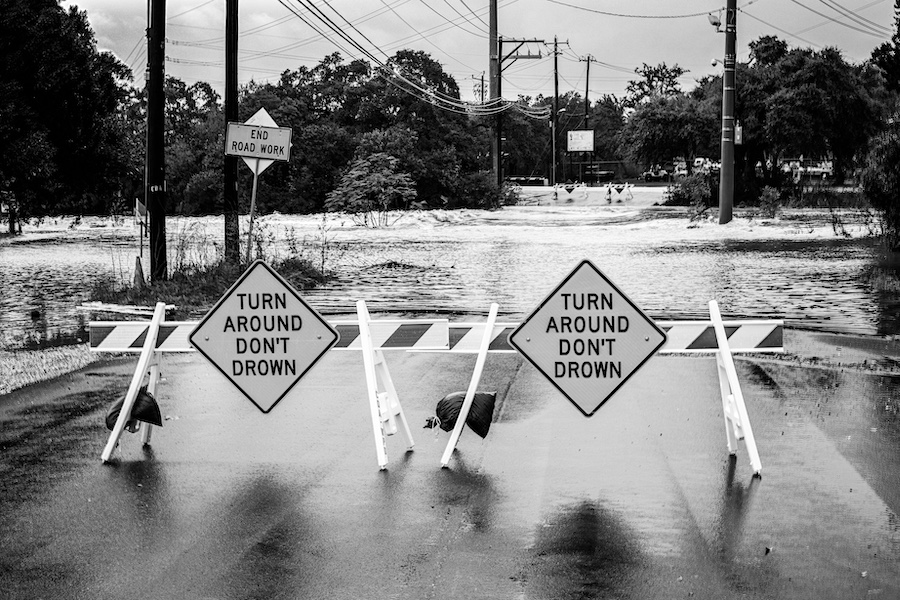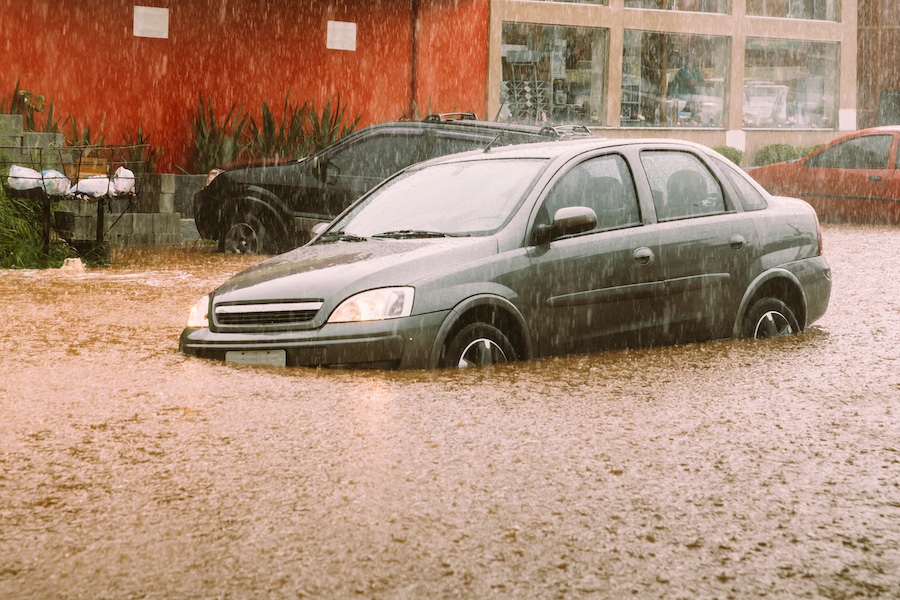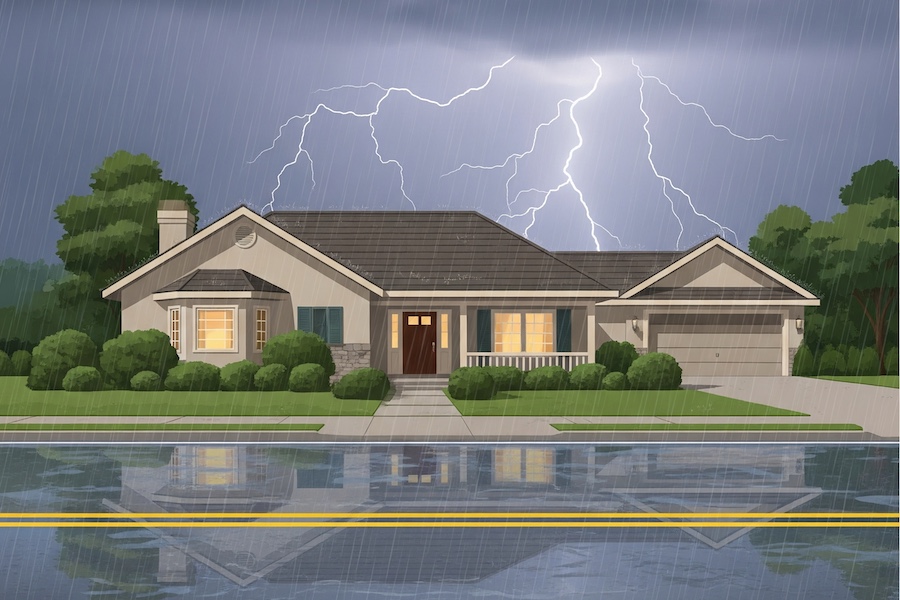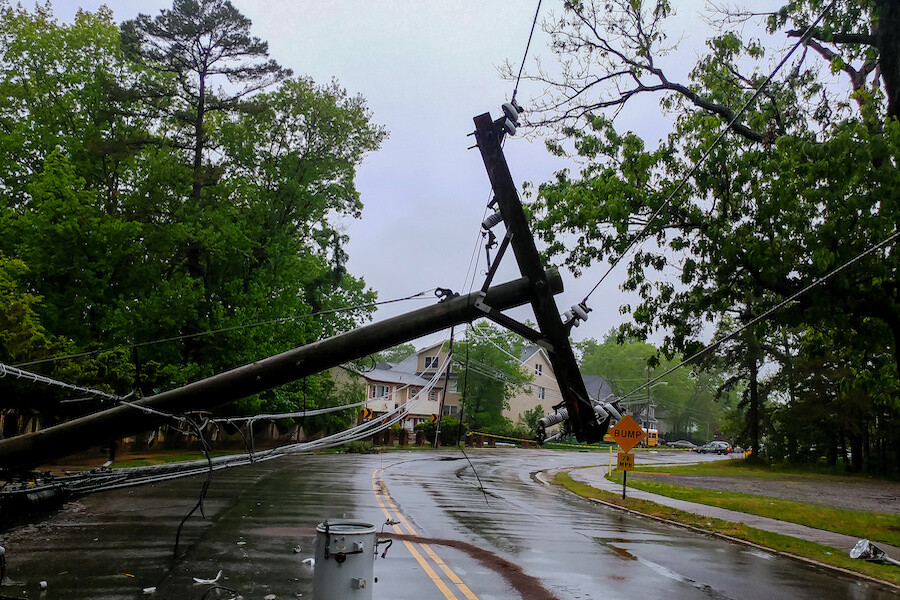Flash floods can strike with little warning and devastating force. This summer’s catastrophic flash floods in central Texas — where more than 100 lives were lost over the July 4th weekend — remind us how quickly deadly waters can form and sweep away everything in their path. The communities of Uncas Health District and its river valleys, brooks, and low‐lying areas can flood just as rapidly when heavy storms stall overhead. Understanding where you’re most vulnerable and how to respond can mean the difference between life and death.
If You Hear a Flash Flood Warning
A Flash Flood Warning means flooding is already occurring or imminent. Do not wait — act immediately:
- Move to higher ground. Even a few feet of elevation can save your life.
- Avoid floodwaters. Do not walk, swim, or drive through moving water. Six inches can knock you off your feet; two feet can carry away most vehicles.
- Tune in. Use NOAA Weather Radio, local news, or smartphone alerts for updates.
- Check on neighbors. Especially those who are elderly, disabled, or may not receive alerts.
- If roads are blocked, turn around and find an alternate route—never attempt to “beat the water.”
Preparing in Advance: Build Your Flash Flood Response
By planning now, you’ll be ready to move fast when storms hit. Consider these steps:
- Know your flood risk. Consult FEMA’s Flood Insurance Rate Maps or your town’s floodplain manager to see if your property lies in a Special Flood Hazard Area.
- Create an emergency kit. Include water, non-perishable food, a flashlight, batteries, first-aid supplies, and important documents sealed in waterproof bags.
- Establish an evacuation plan. Identify higher-ground shelters, safe routes (avoiding known low bridges and dips), and a family meeting spot.
- Elevate critical utilities. Move appliances, heating systems, and electrical panels above the expected flood depth.
- Purchase flood insurance. Standard homeowners’ policies don’t cover flood damage, and NFIP policies have a 30-day waiting period, so act early.
- Stay connected. Sign up for CTAlert and your town’s local emergency notifications.
- Practice your plan once or twice a year so everyone knows what to do without hesitation.

What Not to Do During Flash Flooding
Avoid these common — but-potentially-deadly mistakes:
- Don’t drive into flooded roadways. “Turn Around, Don’t Drown” isn’t just a slogan—it saves lives.
- Don’t underestimate shallow water. Even a foot of fast-moving water can carry away a small SUV.
- Don’t walk near culverts or storm drains. Currents can sweep you under in seconds.
- Don’t let children play near rushing brooks. What looks like a fun stream can turn into a drowning hazard.
- Don’t wait for official evacuation orders if water is rising fast — local responders may not reach every neighborhood in time.
Stay Vigilant and Prepared
Flash flooding is a natural hazard that can happen extremely fast, and as extreme precipitation events become more frequent, the risks grow. By understanding the specific vulnerabilities in the area, heeding official warnings, and preparing in advance, you’ll be ready to protect yourself, your family, and your community. When storms roll in, remember the lessons of the tragedy in Texas: swift water is immensely powerful, and seconds count. Stay safe, stay informed, and move to higher ground without delay when floods threaten.


